A FINE ANTIQUE HEREKE SIVAS CEZAEVI, TURKEY, 1940/50, Signed, 294 x 198cm The central field woven with baluster vases filled with flowers, flower heads and scrolling foliage, in pink, blue and green tones, against a cream ground, contained within a red boarder, with flowerheads and turquoise lozenges, cream narrow borders, and guard stripes. Sivas Hereke During the 19th century a number of reforms were put in place to improve the conditions and organisations of prisons in the Ottoman Empire. This culminated in the 1880 report ‘The Regulation for Prisons and Houses of Detention’ which detailed the proper administration practices for prisons of the empire and its surrounding provinces. Chief amongst its concerns was the education and rehabilitation of the prisoners. The report recommended the establishment of teaching programs within the facilities and organising workshops in which inmates were trained in a variety of crafts. The idea was that prisoners would work for the duration of their sentence and would be paid for the employment. The money would go towards the prisoner’s upkeep, a part to the state treasury and the remaining amount held in keep for the inmate. Amongst the workshops set up were sewing and weaving factories which led to a number of rugs and carpets to be produced. The wardens were responsible for providing all the appropriate tools, inspecting the quality of the finished product and overseeing the sale of the goods. This auction includes many such examples, in particular originating from the largest prison in Sivas, a city in central Turkey. They date to the mid-20th century and the design includes an identifying signature and serial number in the outer borders. Sivas itself was a large centre for rug production since the 19th century and surrounding villages also produced smaller prayer rugs. Sivas rugs followed the Hereke carpet traditions and patterns using good quality wools. They are classically derived from Persian designs, exploiting all-over patterns and medallions using palmettes and vine scrolls. The rugs favour softer colour tones with an emphasis on warm earth tones and pastel colouration. As finely woven examples, Sivas rugs are highly regarded decorative rugs.
A FINE ANTIQUE HEREKE SIVAS CEZAEVI, TURKEY, 1940/50, Signed, 294 x 198cm The central field woven with baluster vases filled with flowers, flower heads and scrolling foliage, in pink, blue and green tones, against a cream ground, contained within a red boarder, with flowerheads and turquoise lozenges, cream narrow borders, and guard stripes. Sivas Hereke During the 19th century a number of reforms were put in place to improve the conditions and organisations of prisons in the Ottoman Empire. This culminated in the 1880 report ‘The Regulation for Prisons and Houses of Detention’ which detailed the proper administration practices for prisons of the empire and its surrounding provinces. Chief amongst its concerns was the education and rehabilitation of the prisoners. The report recommended the establishment of teaching programs within the facilities and organising workshops in which inmates were trained in a variety of crafts. The idea was that prisoners would work for the duration of their sentence and would be paid for the employment. The money would go towards the prisoner’s upkeep, a part to the state treasury and the remaining amount held in keep for the inmate. Amongst the workshops set up were sewing and weaving factories which led to a number of rugs and carpets to be produced. The wardens were responsible for providing all the appropriate tools, inspecting the quality of the finished product and overseeing the sale of the goods. This auction includes many such examples, in particular originating from the largest prison in Sivas, a city in central Turkey. They date to the mid-20th century and the design includes an identifying signature and serial number in the outer borders. Sivas itself was a large centre for rug production since the 19th century and surrounding villages also produced smaller prayer rugs. Sivas rugs followed the Hereke carpet traditions and patterns using good quality wools. They are classically derived from Persian designs, exploiting all-over patterns and medallions using palmettes and vine scrolls. The rugs favour softer colour tones with an emphasis on warm earth tones and pastel colouration. As finely woven examples, Sivas rugs are highly regarded decorative rugs.
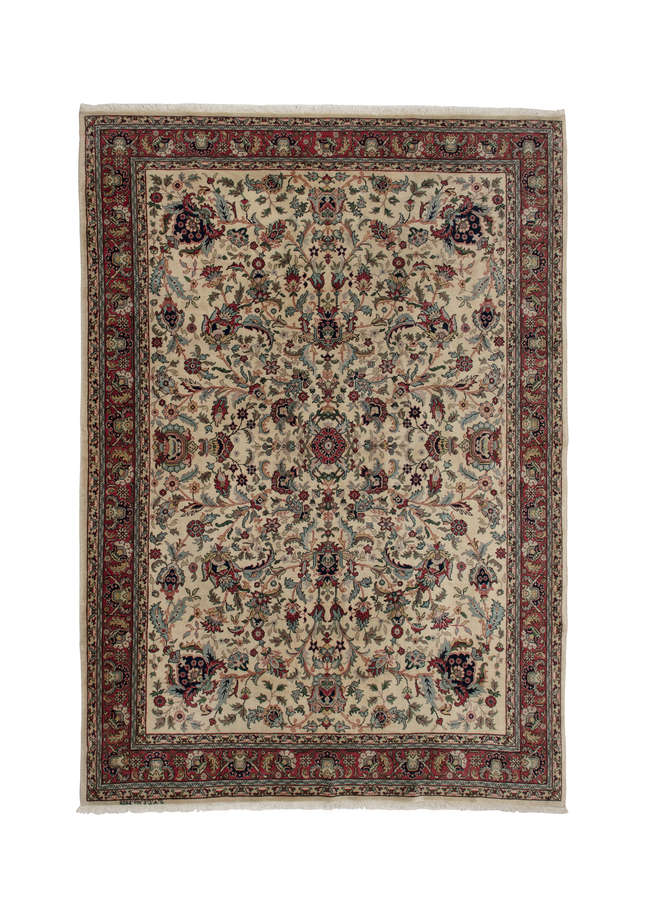
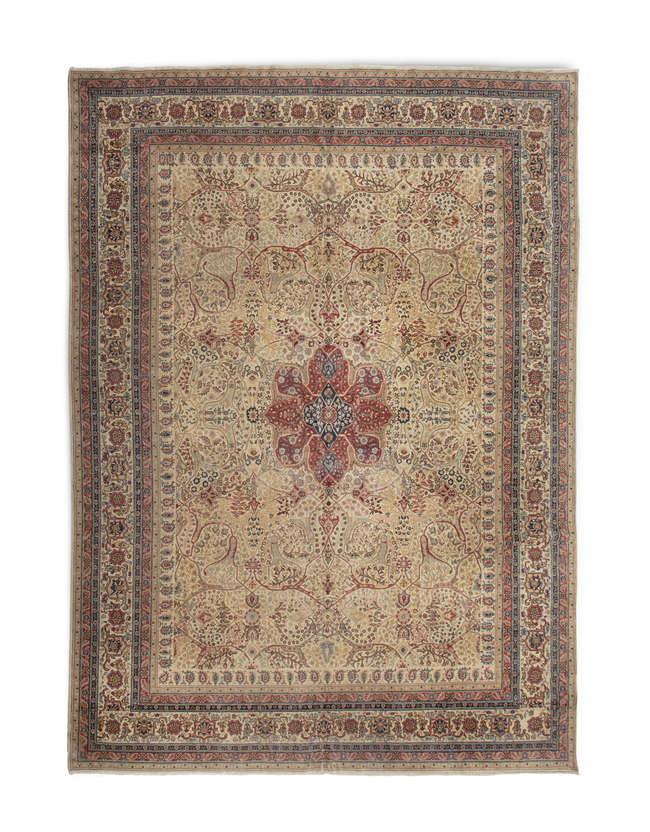
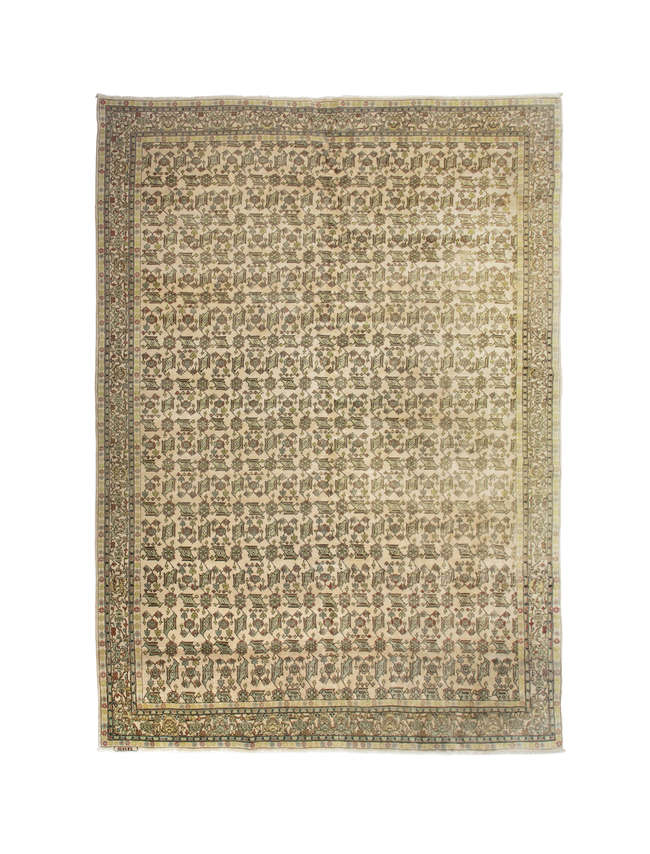
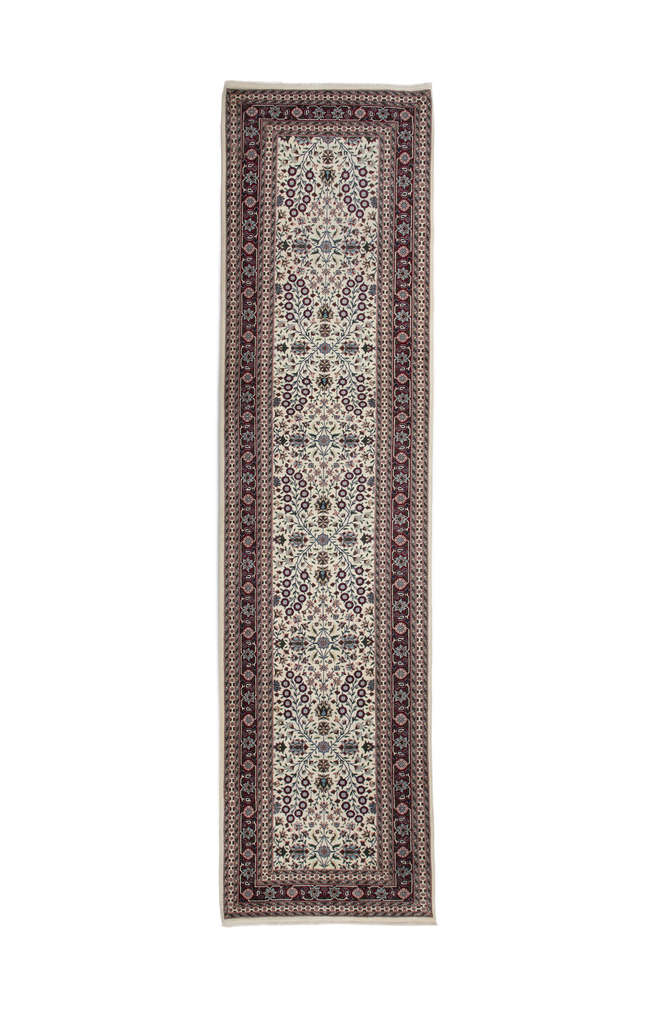
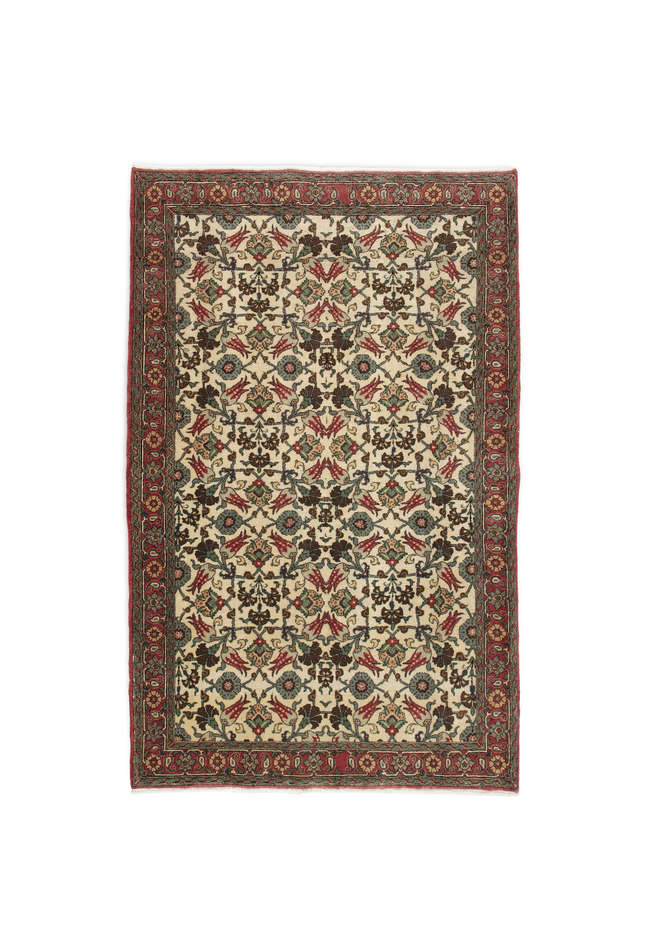
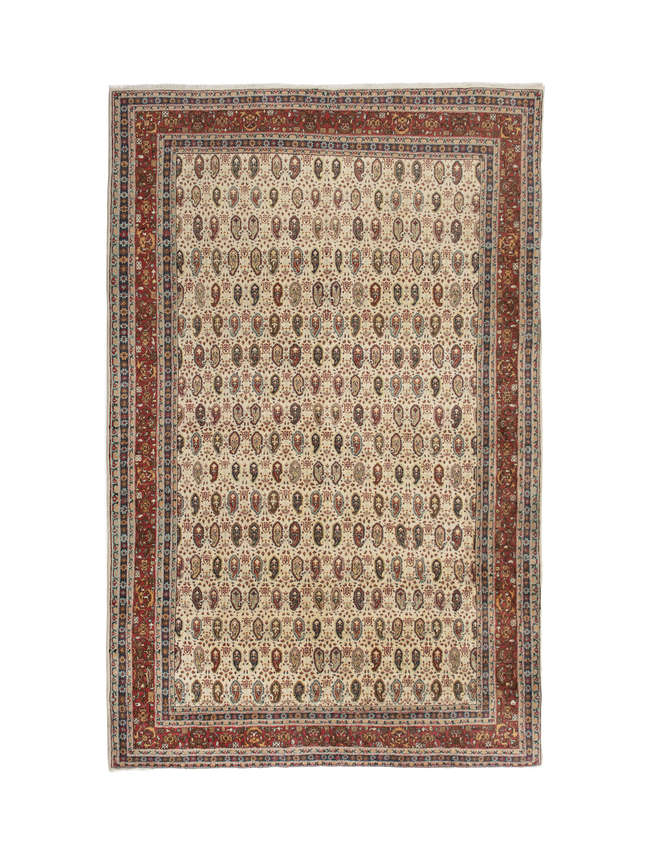
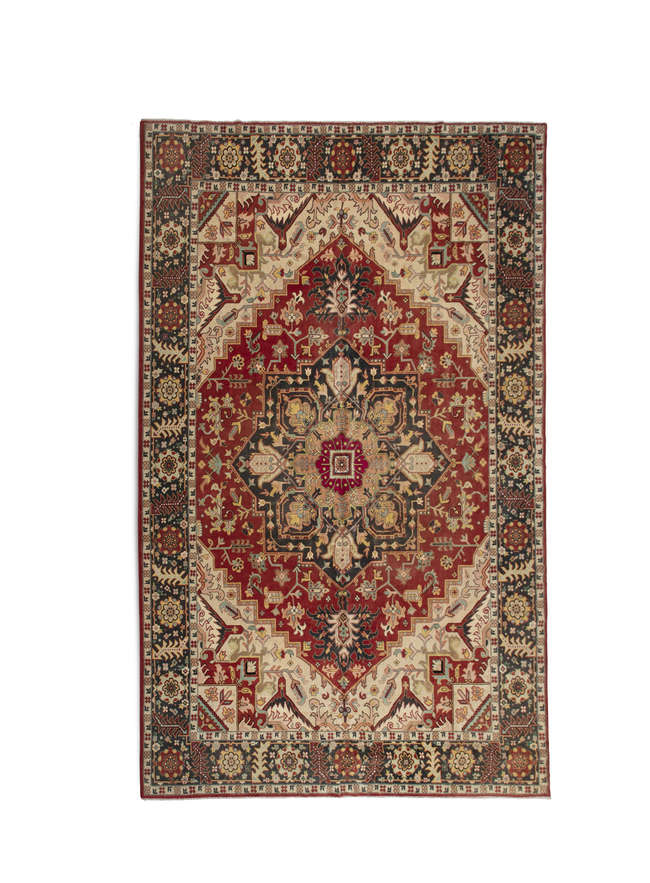
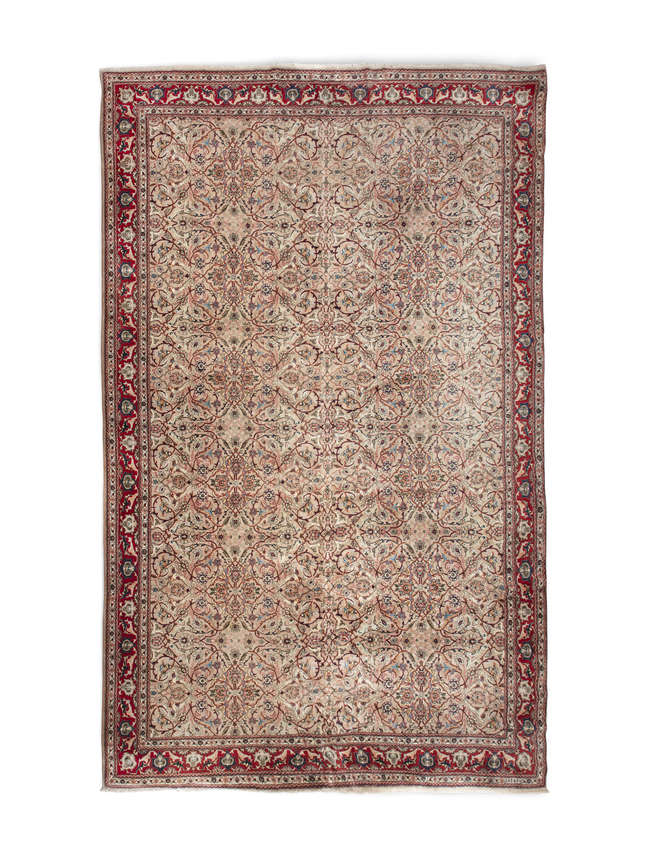
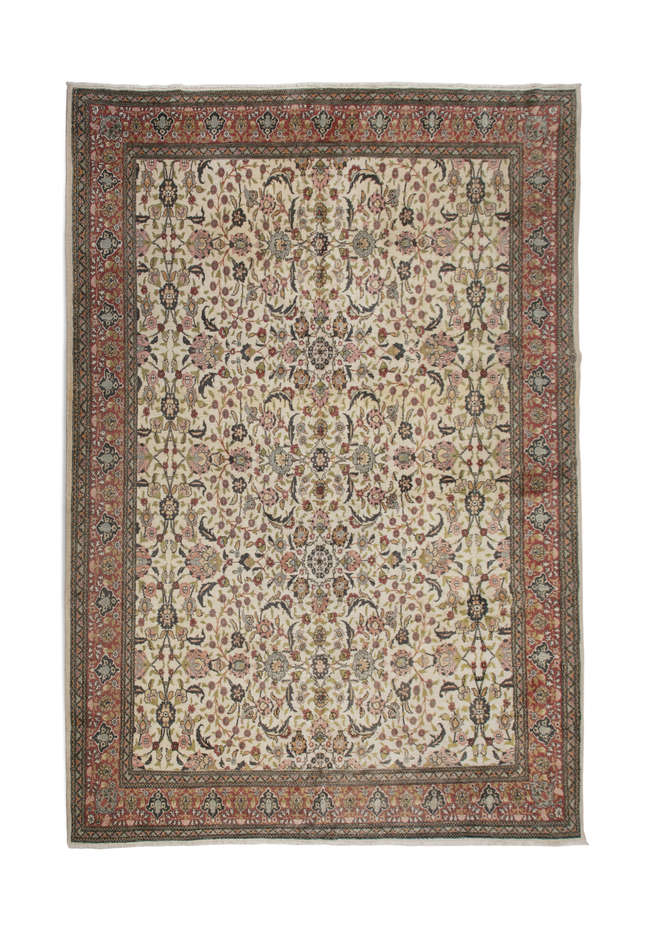
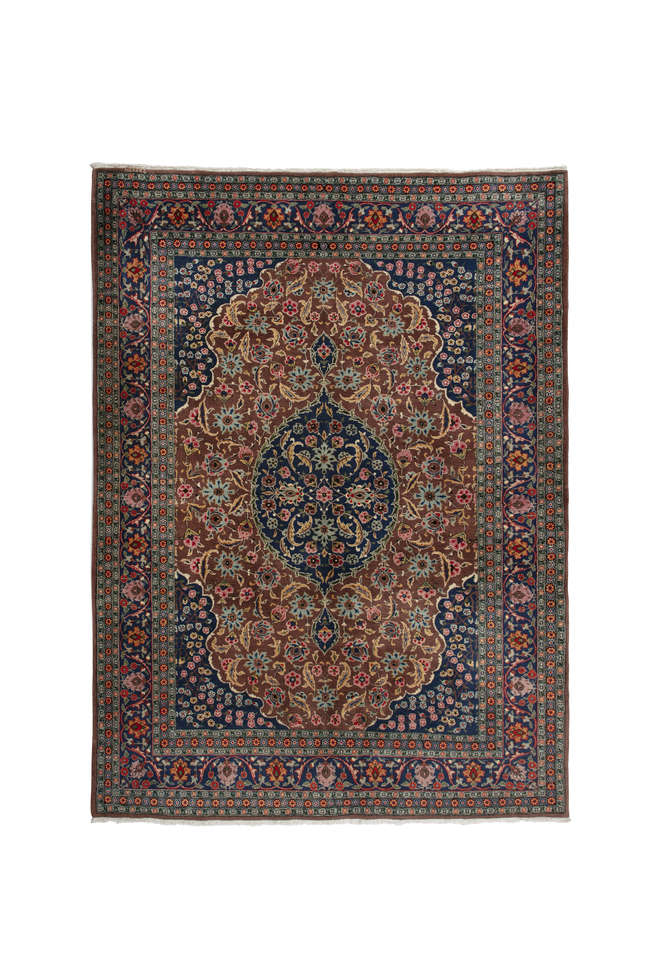
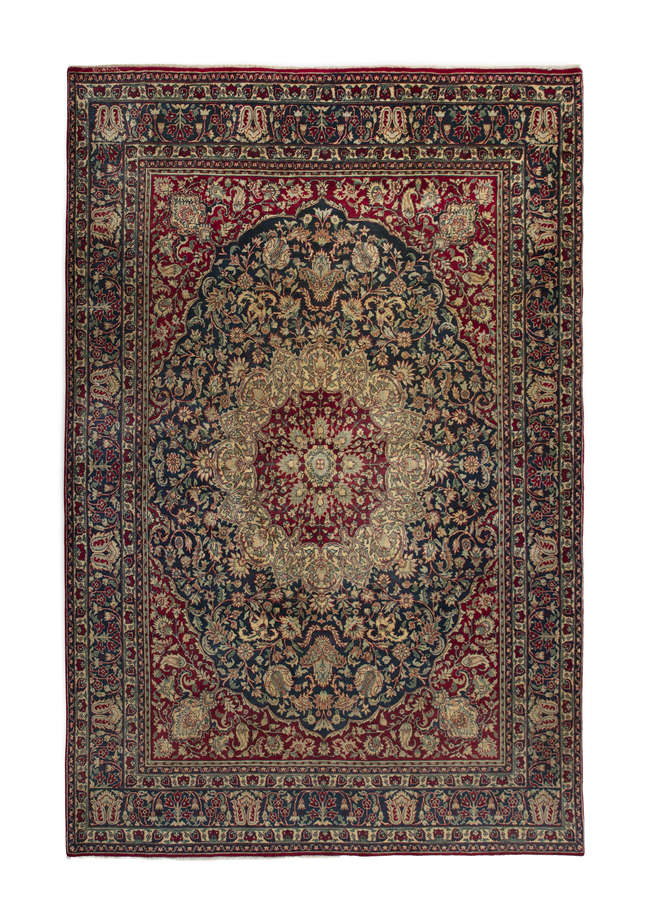
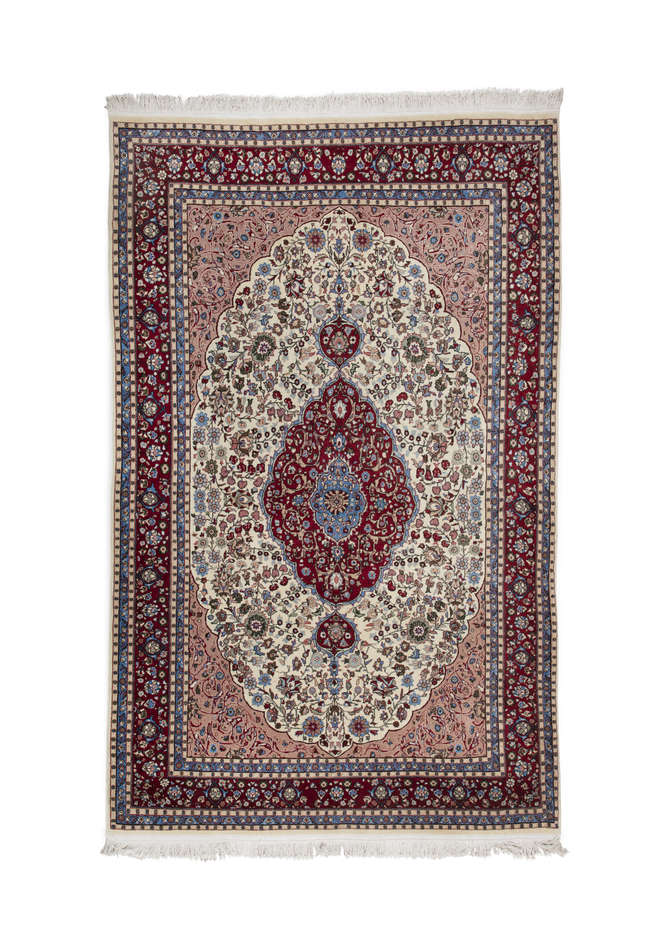
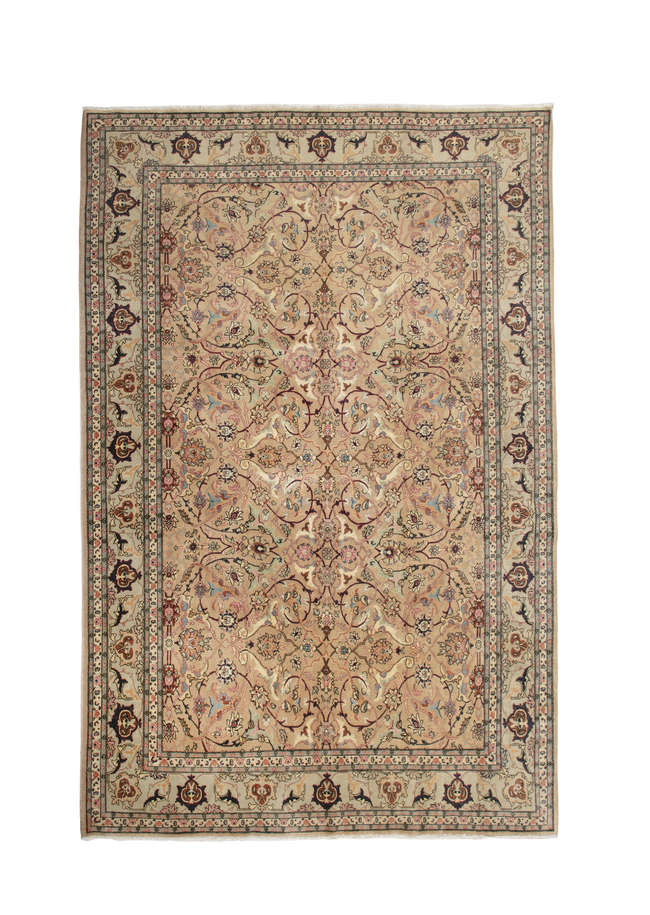
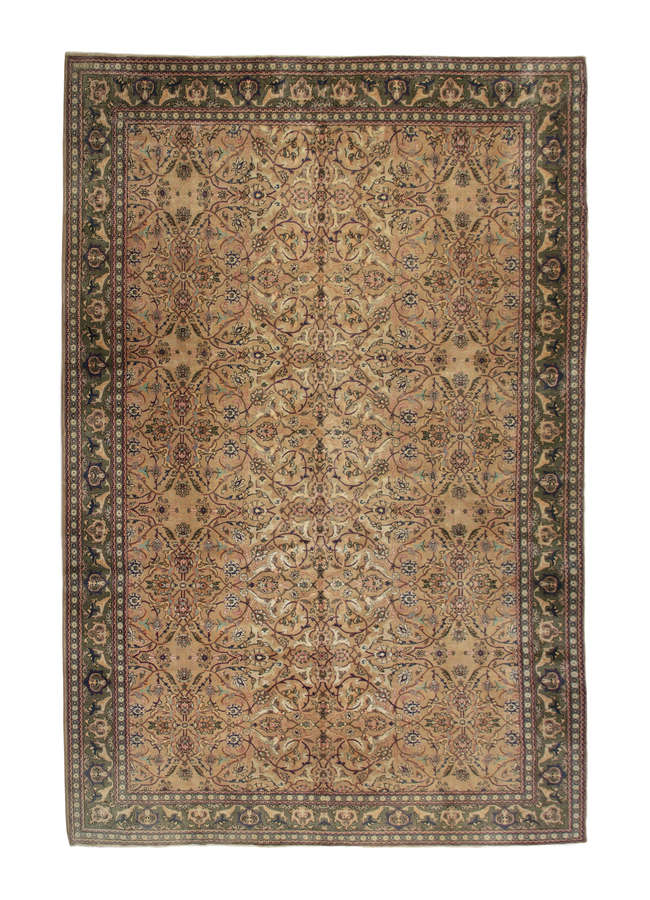
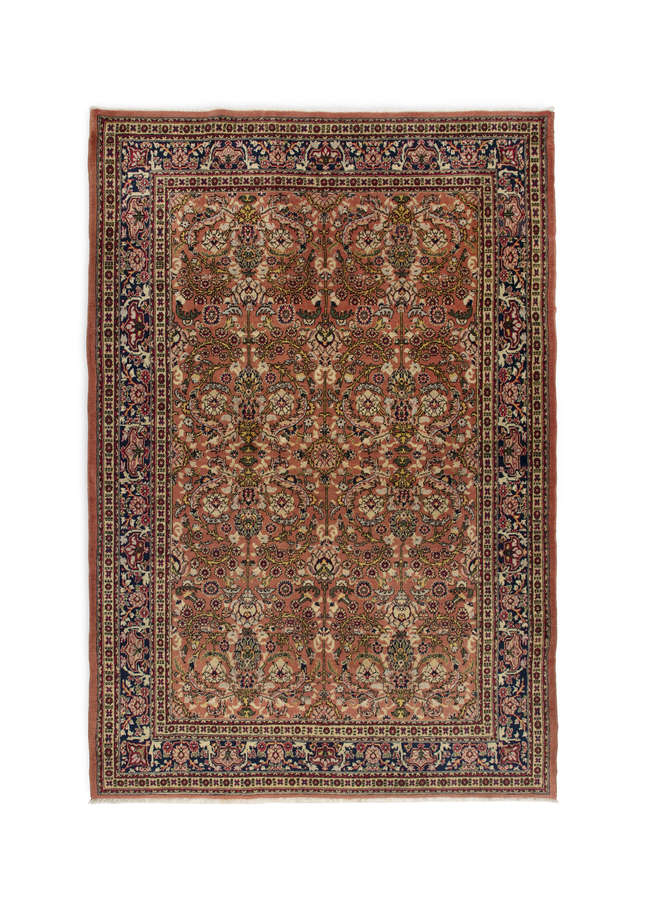
Try LotSearch and its premium features for 7 days - without any costs!
Be notified automatically about new items in upcoming auctions.
Create an alert